Reef
Design Lab has created a series of undulating modules designed to
reduce wave energy and form a substrate for temperate reef-building
marine species in Port Phillip Bay.
The
project for the City of Greater Geelong is designed as an offshore
breakwater and an easily accessible snorkelling destination for the
local community.
Each module was manufactured from reusable formwork and cast in a low-energy concrete mixture with recycled shell.
The
organic forms were designed to minimise material use while creating a
refuge for fish and ideal surface conditions for colonising mussels and
oysters.
From Dezeen by Tian Lin
Melbourne studio Reef Design Lab has created a series of organically shaped modules from concrete blended with oyster shells to help reduce coastal erosion in Port Phillip Bay, Australia
Melbourne studio Reef Design Lab has created a series of organically shaped modules from concrete blended with oyster shells to help reduce coastal erosion in Port Phillip Bay, Australia
The Erosion Mitigation Units (EMU), which have been longlisted in the Dezeen Awards sustainable design category, were used to build a breakwater to reduce coastal erosion and designed to create a habitat for marine life.
Erosion Mitigation Units are semi-submerged modules
Designed for the City of Greater Geelong municipality by Port Phillip Bay, the two-metre-wide EMU modules form a permeable barrier 60 meters offshore, where the water depth ranges from 30 to 130 centimetres.
Port Phillip Bay South of Melbourne with the GeoGarage platform (AHS nautical raster chart)
Reef Design Lab opted for an organic shape to minimise the material use and maintain structural integrity while creating refuges and colonies for ocean life.
The breakwater is a snorkelling destination
The design team used digital moulding analysis alongside traditional casting techniques to produce the precast reusable moulds in its Melbourne studio.
This saved a significant amount of cement compared to using 3D concrete printing, according to the
Reef Design Lab also added locally sourced oyster shells, which it says makes for an ideal surface for shellfish, as aggregates in the concrete mix to manufacture the EMU modules.
The geometry of the modules was optimised to create the habitat conditions needed for marine species to live on them.
An overhang provides resting space for stingrays and pufferfish, while tunnels and caves on the module shelter fish, octopus and crustaceans from predators and provide shaded surfaces for sponges and cold water coral to grow on.
The module shelters fish from predators
The module's surface was designed with one-centimetre-wide ridges and made rough on purpose to reveal the shell aggregate and attract reef-building species such as tube worms, mussels and oysters.
Designed to be covered in small pools, the modules retain water and shelter intertidal species at low tide.
Reef Design Lab installed 46 modules of EMU
In October 2022, Reef Design Lab installed 46 EMU modules in Port Phillip Bay.
The breakwater is being monitored by the Melbourne Universities Centre for Coasts and Climate for the next five years.
Six months after the installation, species including shellfish, sponges and cold water corals were colonising the modules, the studio said.
Another breakwater project that aims to fulfil engineering and ecological requirements is the Buoyant Ecologies Float Lab in San Fransisco Bay by a team at the California College of the Arts.
Off the coast of Cannes in France, British sculptor Jason deCaires Taylor created the Underwater Museum of Cannes, a collection of six large underwater sculptures, to call for more care for ocean life.
Six months after the installation, species including shellfish, sponges and cold water corals were colonising the modules, the studio said.
Another breakwater project that aims to fulfil engineering and ecological requirements is the Buoyant Ecologies Float Lab in San Fransisco Bay by a team at the California College of the Arts.
Off the coast of Cannes in France, British sculptor Jason deCaires Taylor created the Underwater Museum of Cannes, a collection of six large underwater sculptures, to call for more care for ocean life.
Links :
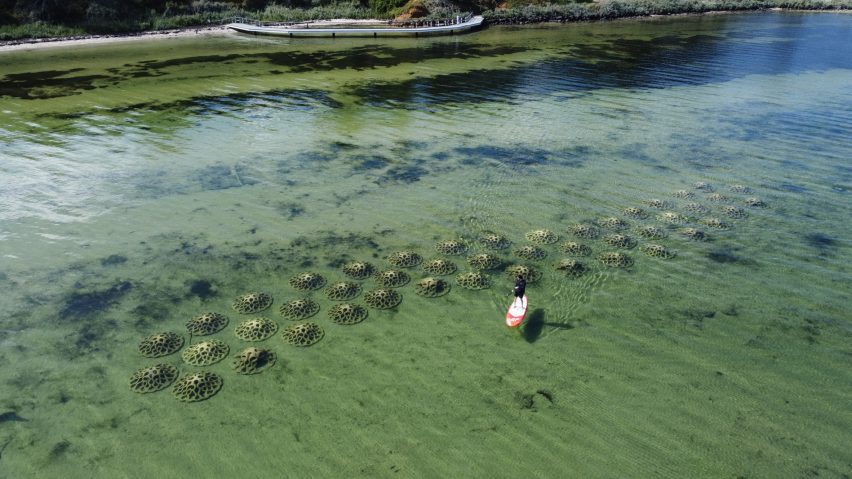
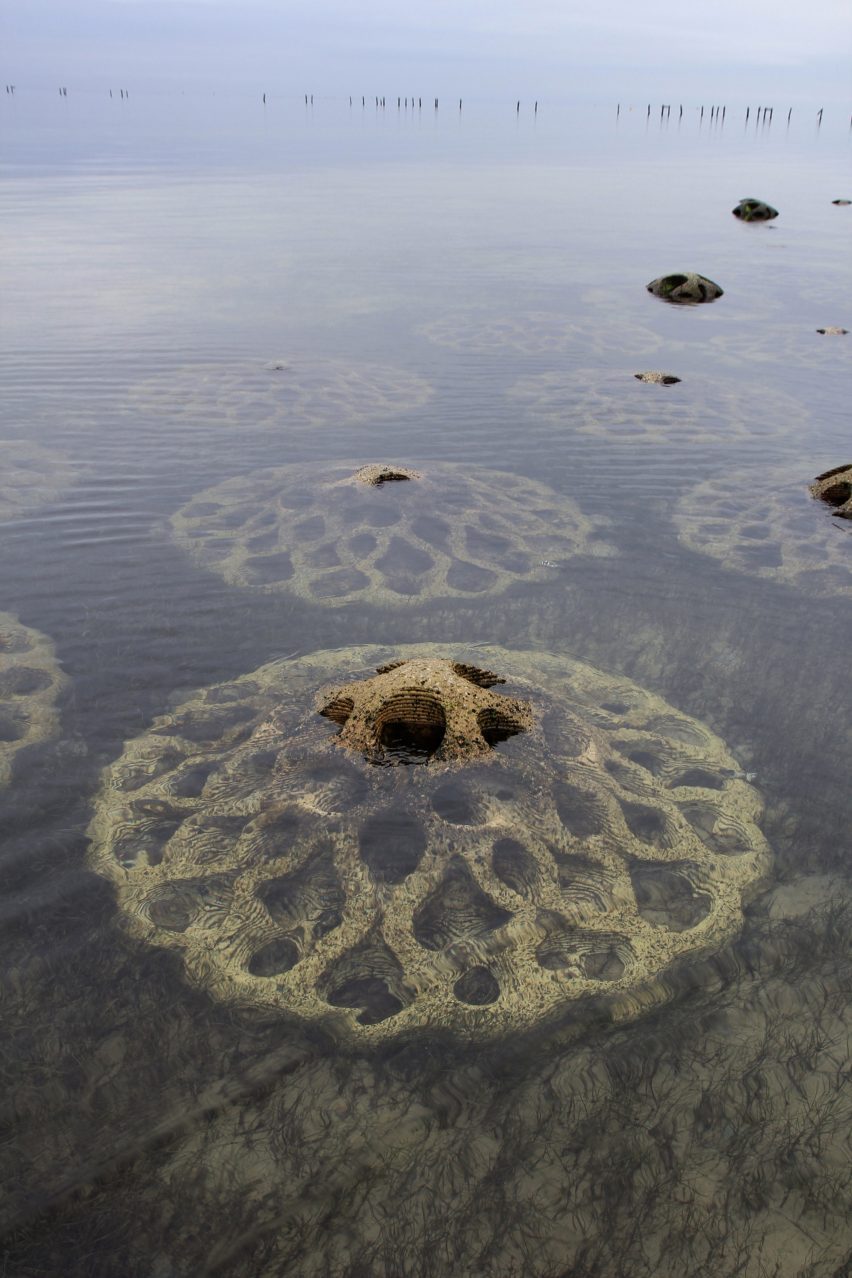

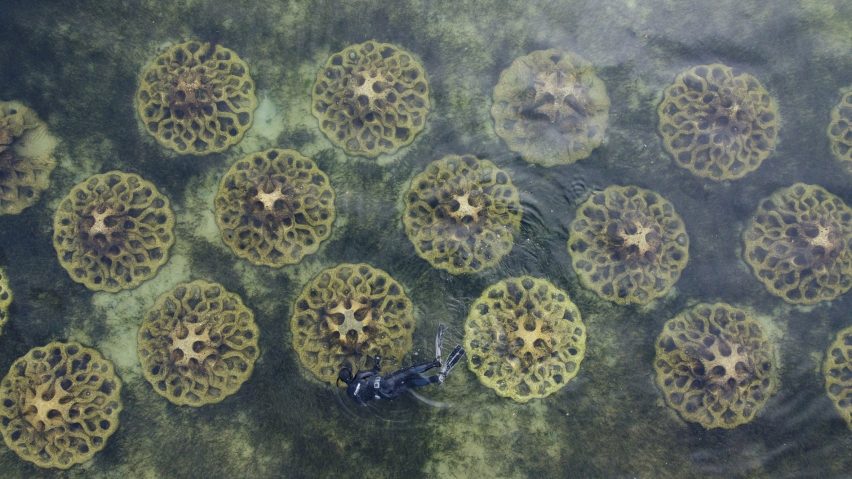
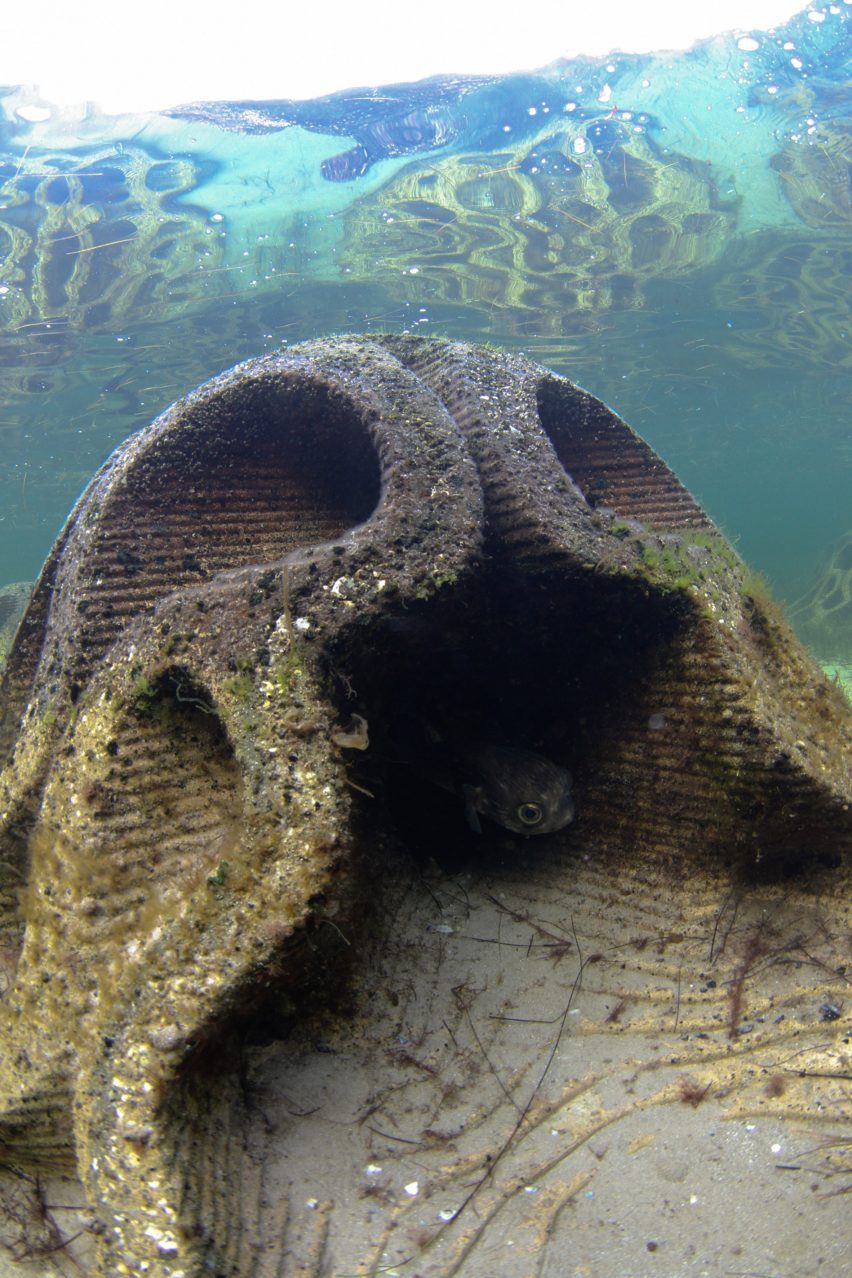
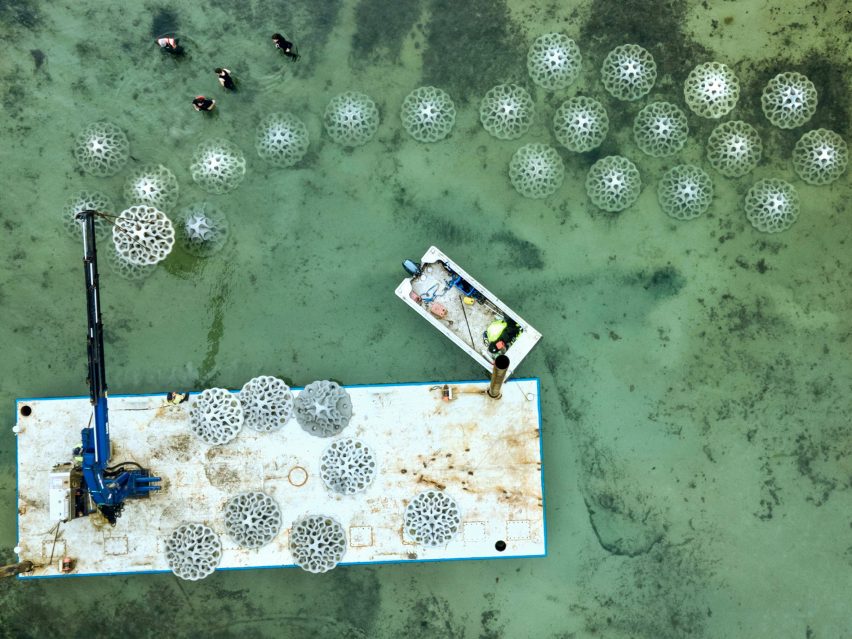
No comments:
Post a Comment